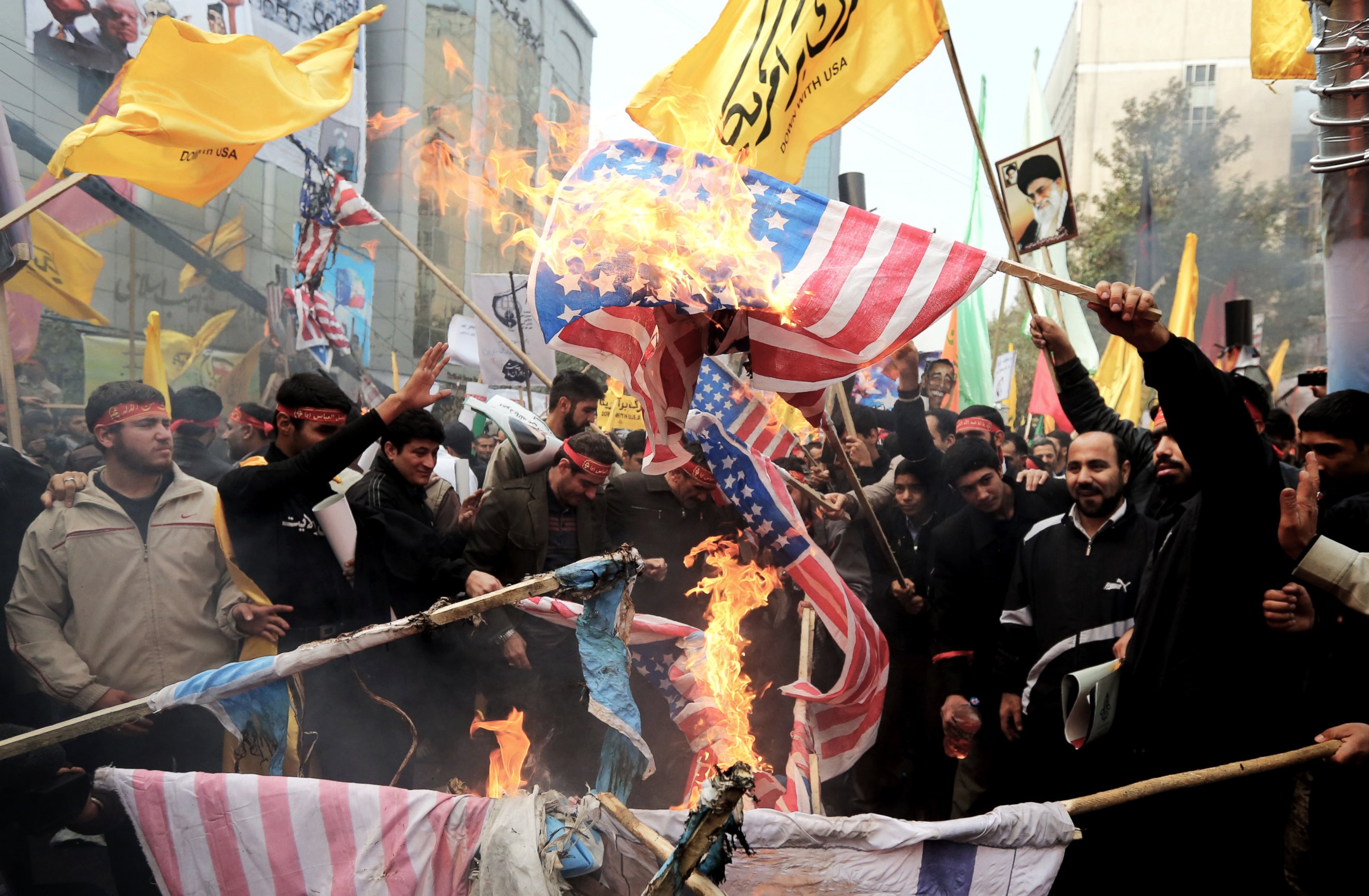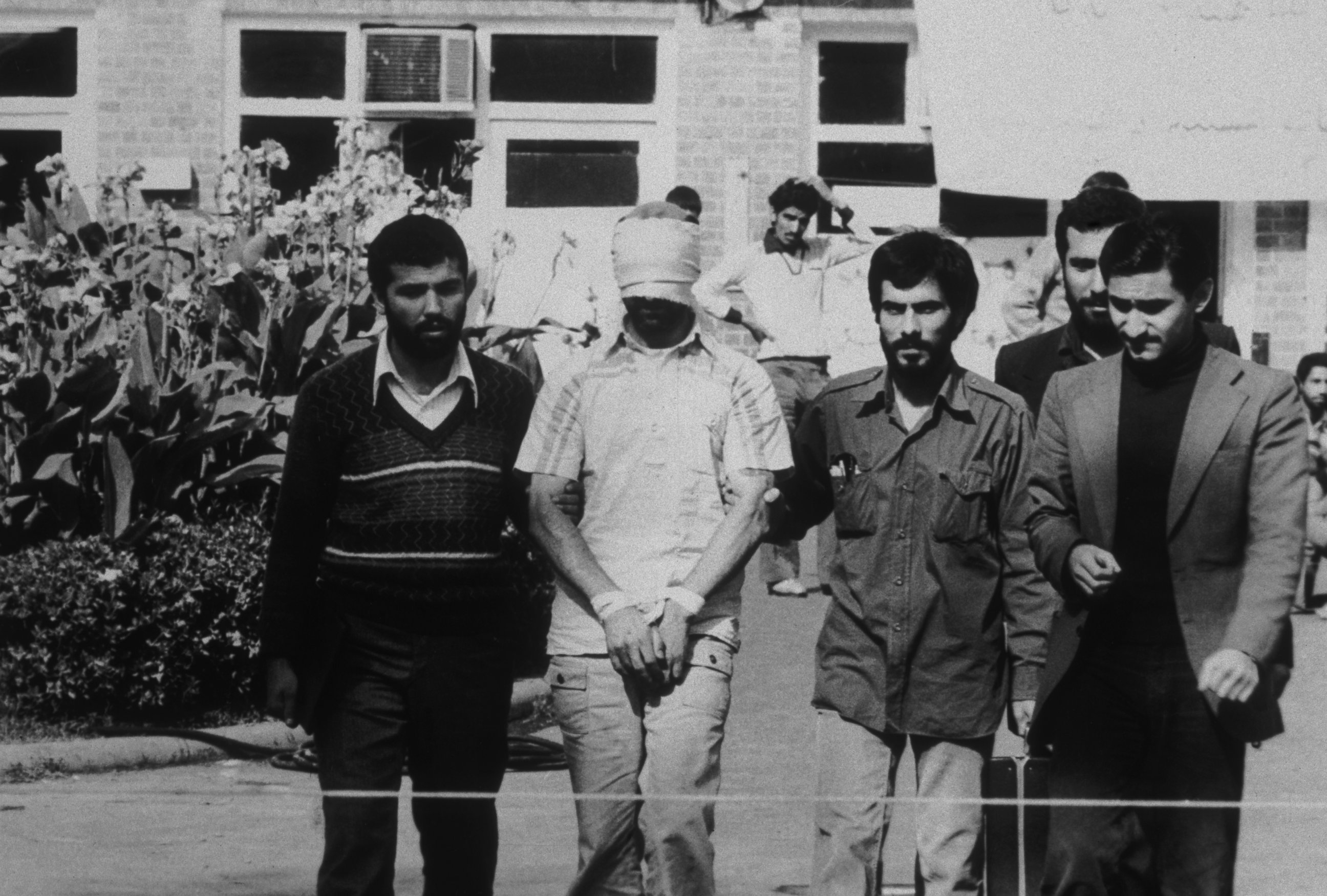Iran Hostage Crisis: Victims Get Compensation 36 Years Later
Victims were initially barred from payment by Iran.
— -- Thirty-six years after their capture, the Americans taken hostage in Tehran in 1979 are set to receive millions in compensation for their 444 days of captivity.
Thanks to a provision in the spending deal signed into law last week, each of the 53 hostages and their estates are set to receive up to $4.4 million, with spouses and children eligible for a $600,000 payment.
“It was absolutely delightful news. It came as a surprise and couldn’t have come at a better time,” Michael Howland, a security aide at the embassy, said in an interview with ABC News on Thursday. “Finally, after 36 years or more we are going to find some kind of closure. I am very grateful.”
For years, the hostages were prevented from using the legal system to seek compensation for their ordeal: The agreement struck between the United States and Iran that secured their freedom also prevented them using the courts to seek payments from Iran.
Now, 36 years later, many Americans and their families are eligible for benefits under a measure in the $1.1 trillion year-end spending bill, bringing to a conclusion the long battle waged by the hostages who felt slighted by their inability to receive some payment for their time in captivity.

The money, which will start being distributed within the year, will be taken from a new $1 billion fund established by the spending law, filled in part by fines collected by the U.S. government on companies that have illegally done business with Iran.
Many of the 37 surviving hostages unsuccessfully pressed Congress and the Obama administration to force Iran to provide compensation as part of the nuclear agreement reached this summer.
Eventually, supporters in Congress turned to the year-end spending bill – a must-pass measure to keep the government open – to authorize payments to the former hostages.
The American hostages were taken captive by Iranian student revolutionaries at the U.S. Embassy in Tehran in November 1979 and were freed on January 20, 1981.
The United States had previously provided each hostage with a cash payment of $22,000, or $50 for every day of captivity, during the 1980s. Under the new program, they will receive up to $10,000 for each day they were held hostage.
Many hostages have recalled the inhumane treatment they received during those 444 days.
“I was beaten very badly the night of the release,” said Howland. He added that since his return home he has undergone nine surgeries on his spine and aside from other procedures he also undergoes physical therapy twice a week, “artifacts” from his time held hostage.

While the former hostages still have to work with the government to secure their compensation, the fact that it is on the way serves as a relief for many.
"When we got the word it was an emotional high that just overtook me," said Rodney "Rocky" Sickmann, a former Marine who served as a guard at the Tehran embassy when he was taken hostage. "I had to pull over to the side of the road and I cried."
Victims of the 1998 U.S. Embassy bombings in East Africa and other state-sponsored terror attacks are also authorized to receive compensation under the new law.



